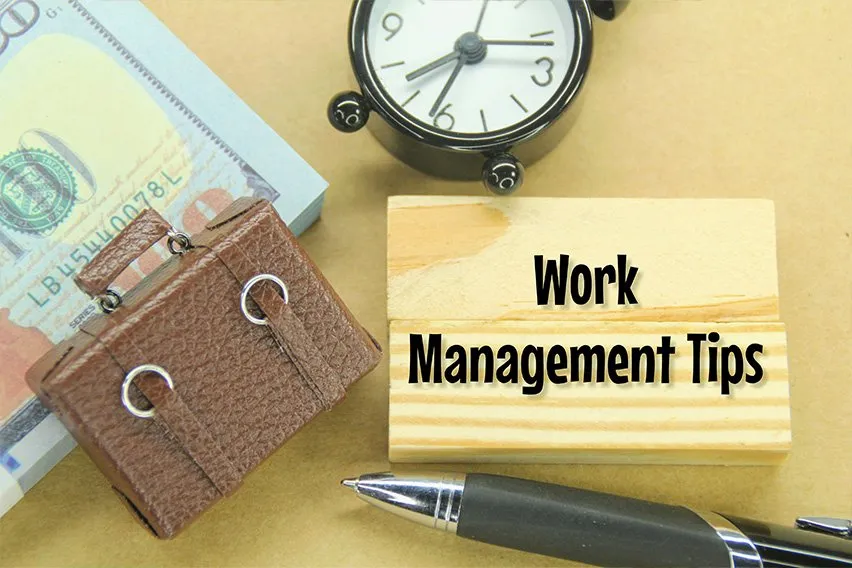Boost Your Profits Without Increasing Sales: A How-To Guide

Most businesses choose to increase sales in order to generate a higher profit. This seems like a sound strategy, especially if you can afford to stock a lot of goods and sell them at a low cost. But what if you’re a small business or solo entrepreneur who can’t afford to manage a large inventory?
Fortunately, you don’t need high sales numbers to be a profitable company. Keep reading to learn the basics of profit margins: Why some companies have low percentages despite strong sales, and how you can increase profits without increasing sales.
What Is a Profit Margin?
Simply put, it’s the overall difference between how much a company has gained and how much it has lost through the cost of operation. The gains are typically the profits made from selling products or services, while the loss is comprised of expenses.
The percentage shows you how many cents of profit you make off of every dollar earned from a sale. The higher the percentage, the more money a company is making.

What Does Net Profit Margin Tell Us?
To compute your gross profit, you first need to know your net profit. To figure this out, calculate the total of all the revenue you made, then subtract all expenses from that amount. This includes operating costs, taxes owed, and the direct costs of providing the product or service for sale.
Once you know your net profit, calculate the margin by dividing the net profit by net sales, then multiplying this number by 100 to generate a percentage. This is the net margin, and this number shows you the very bottom line of your business. It will give you a good idea of whether you are making a good amount of money despite the cost of operation, or if your business expenses are too high compared to your revenue. There’s no established number, but generally, 10% is considered good for a business, while a 5% is seen as a bit low.
What Causes Low Profits?
There are several factors that can lead to low profit. One significant factor is the failure to generate sales. Without a sufficient number of sales, a business will struggle to cover the cost of operating and supplying, which resulta in a very low number.
Another possible reason is a high operating cost. Even if a business has plenty of customers and consistently sells its products or services, it may be very expensive to store and provide them. Businesses also reduce their profitability by being lax about inventory. If you don’t keep an eye on what you’ve stocked versus what’s actually moving and being bought, you may be incurring costs for overstocked materials, which may force you to sell excess inventory at a steep discount.
How Can Sales Increase Profits?
Increasing sales is the most basic way to increase profits. It’s a straightforward solution: You sell more to make more money. However, it is not necessarily the most efficient way to generate profit, as you could be moving a lot of products or consistently selling services, but at a price that barely covers the costs incurred to supply it.
Sales that are more quality-focused than volume-heavy can command a higher price without increasing the total amount or number sold.
How Can You Increase Profitability Without Increasing Your Sales?
One of the best ways to increase your profit margins is to cut costs for inventory and operating. Here are five tips to help you monitor these two factors in order to maximize profits without an increase in sales.
1. Negotiate with Suppliers to Get a Better Price
Reducing your expenses is a way for your company to increase profit. Talk to your suppliers about getting bulk discounts on raw materials or supplies in exchange for cash payments or early payment, so you can lower the overall costs of your inventory.
2. Keep an Eye on Your Business Inventory
Did you overstock on a particular product that isn’t moving? Have a look at your company inventory to see if there’s a large supply of something that hasn’t decreased over time. You could be holding onto a lot of items without selling enough of them, and this can result in inventory loss due to depreciation, misplacement or even theft over time.
Look at the numbers and be decisive. Overstocked inventory can be hard for a company to sell to a customer unless they slash prices, which will reduce profits per item sold. Use an inventory system to keep track of when to stock a certain item and which customers are doing most of the purchasing. This will give you a good overview of which market to target to increase profits.
3. Increase Your Prices and Avoid Giving Discounts
This may seem counterintuitive, but the strategy of giving discounts is best used by large businesses that can afford to have volume-focused profitability. Don’t reduce your prices just to drive sales, as this will leave you with less money to cover your costs. Focus on providing a quality product which can justify a slightly higher price compared to your competitors, or make it more convenient for your customers to buy the same item from you despite being more expensive.

4. Check Your Gross Profits First
If the gross profit that you make off of a product or service isn’t very high, it’s costing you too much money to keep offering it. Don’t waste operating resources on an item that may be moving fast, but isn’t that profitable.
Even if sales are high for a specific product or service, it could take your business a long time to generate a large profit simply because of the need to keep increasing sales. Volume is one way to maximize profit, but if you want a solution that doesn’t require you to increase sales, switch to providing something you can sell at a higher price with a better margin.
5. Get Rid of Slow-Moving Inventory or Services
If you’re selling multiple goods and services, you’re bound to have some that are best sellers, and others that take a lot longer to convince customers to buy. Consider if it’s still worth it to be offering this product or service, or if you should remove and simply focus on what is more popular with your average customer. Otherwise, you could be wasting money on buying supplies to provide something people aren’t that interested in buying.
Limit the number of products or services that you offer up for sale, even if this means discontinuing something that you’ve offered to customers for a long time. By doing this, you will reduce the supplies that you need and consequently reduce your overall operating cost.
Did you find this article helpful? If so, you might be interested in our guide on How to Increase Revenue. It points out various methods to boost profits, as well as strategies to increase revenue from existing customers.
RELATED ARTICLES


 10 Leadership Skills for Business
10 Leadership Skills for Business How to Motivate Employees?
How to Motivate Employees? Setting Small Business Goals
Setting Small Business Goals Top 10 Personal Business Goals Examples for 2025
Top 10 Personal Business Goals Examples for 2025 8 Tips for First-Time Managers to Hit the Ground Running
8 Tips for First-Time Managers to Hit the Ground Running How to Coach Employees: 5 Best Practices
How to Coach Employees: 5 Best Practices